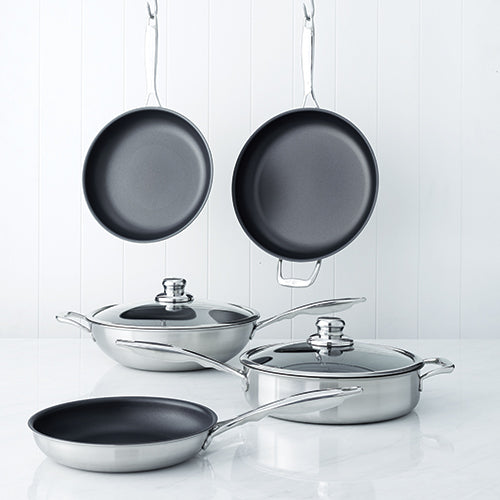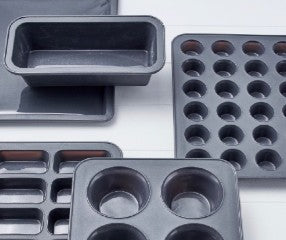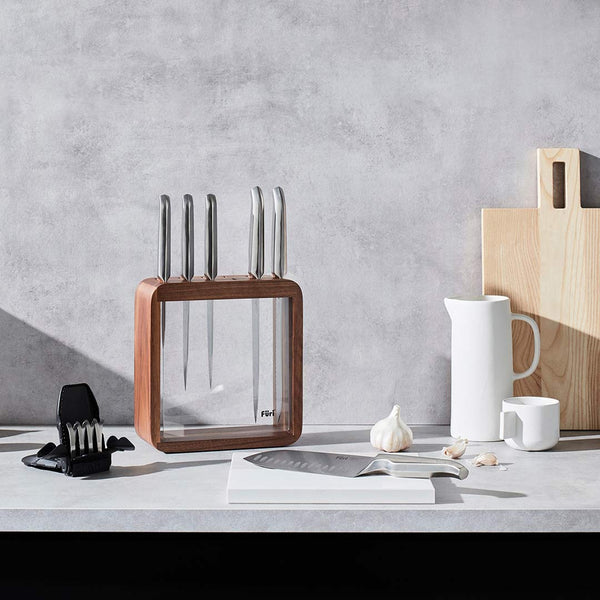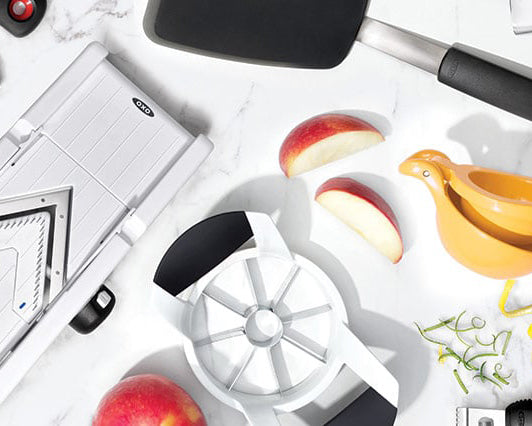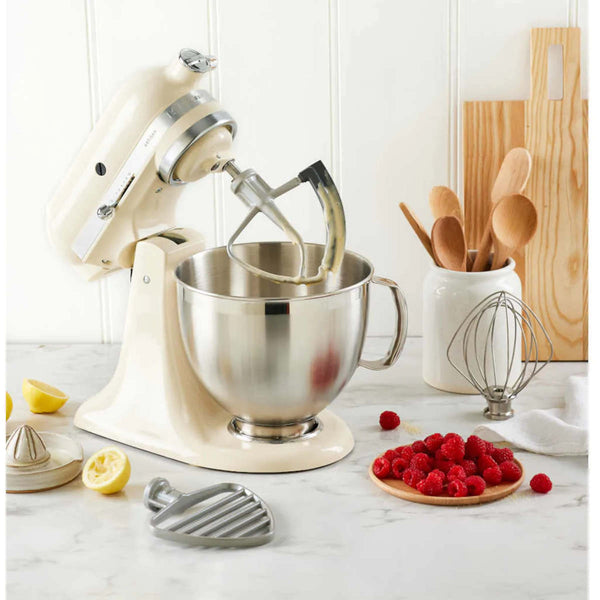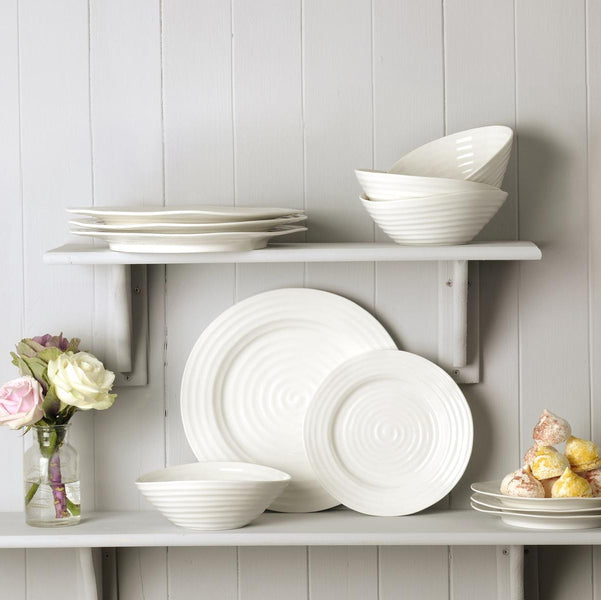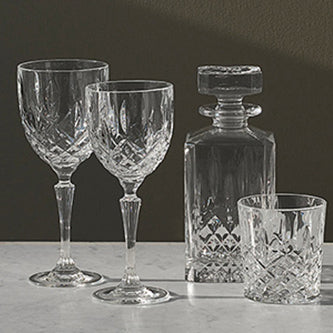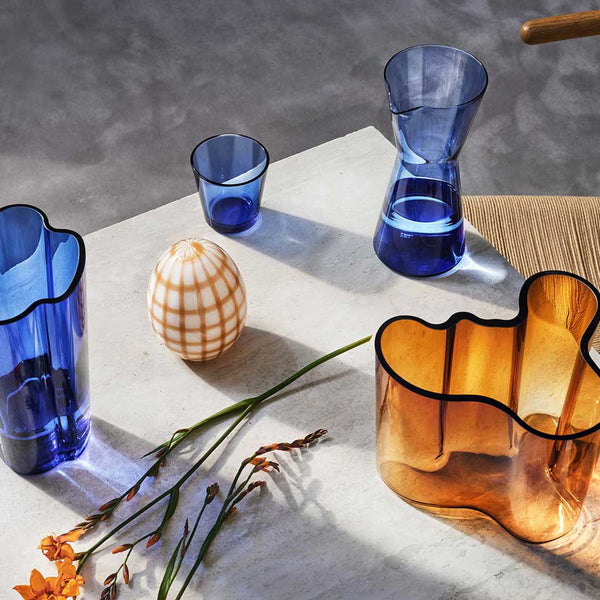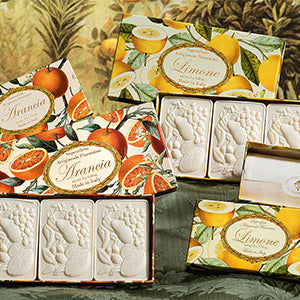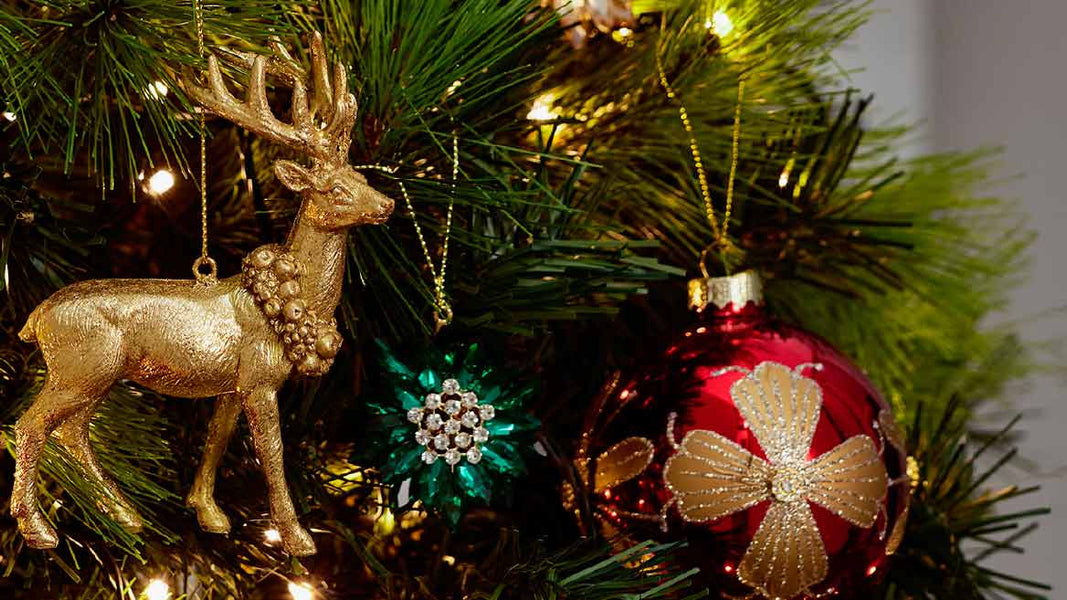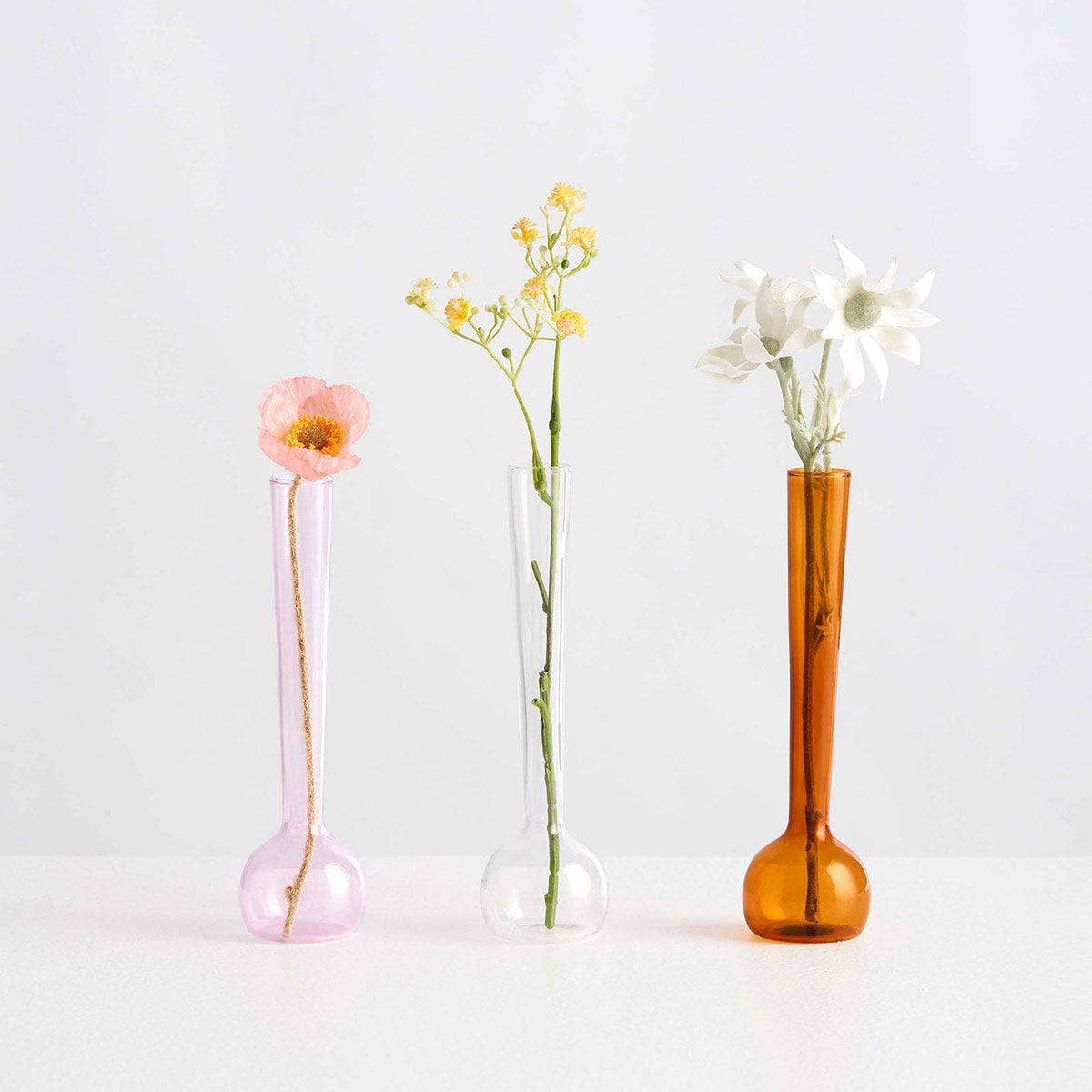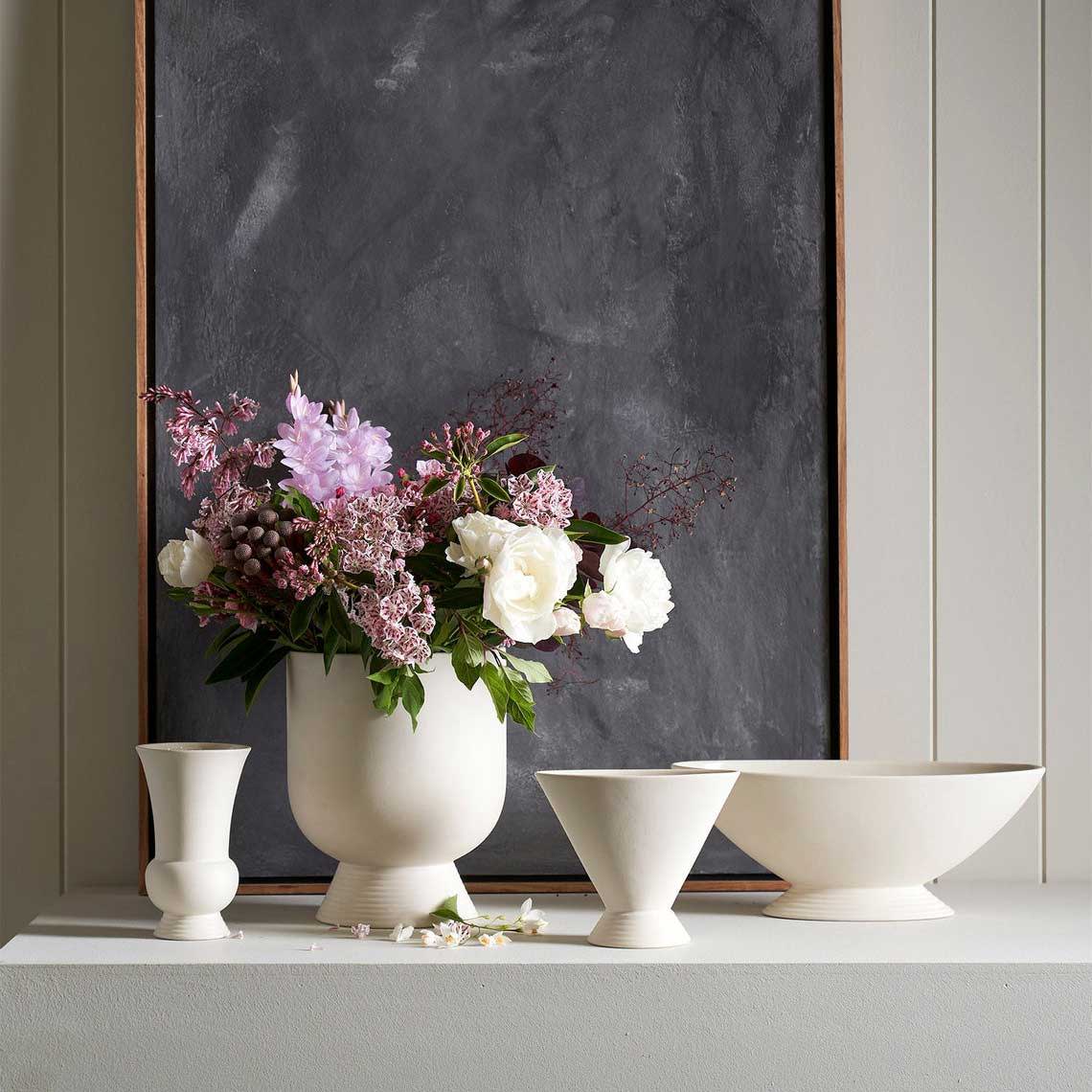
Ever wondered how to preserve flowers for longer? Thanks to the expert florist advice from Simone Rofaeil, the Creative Director at The Palmier, we've got the answers. She recently spoke with the Minimax team to discuss her incredible handmade creations and preserved floral arrangements. Preserving flowers, or “Nature’s Treasures”, as she lovingly refers to them, is a relatively straightforward process that can be done at home.

Flowers From The Palmier
From humble beginnings inside a home garage during the 2020 Covid Pandemic, The Palmier was a side hustle while Simone was on maternity leave with her second son. One night while living in Port Melbourne, Simone collected some fallen fronds during her walk home. Filling an empty vase, she posted her floral arrangement to Facebook Marketplace and had more than 30 inquiries overnight.
With the opportunity to capitalise on the surging lockdown floral interest, her next step was establishing an Instagram page.
“Palms were exclusively the material I was using at the time to create wreaths and wall hangings, hence the origin of the name ‘The Palmier’, which is merely French for ‘palm’”, said Simone.
During the early days of her fledgling floristry, dried and preserved flower arrangements started creeping into the market. Primarily using palms and other foraged goods, her dried flower arrangements gained such a following that the home studio - the garage - was no longer big enough to support the surging growth and popularity of dried flowers.
The business was so successful Simone did the unthinkable and quit her corporate job to pursue The Palmier full-time and moved into the perfect little sunlit studio right at the heart of where it all began: Port Melbourne.
Since launching their website, The Palmier has been helping spread the dried floral love near and far. They’ve also been given incredible opportunities to work with iconic Australian brands such as Country Road, Gurner Group and Rachel Gilbert.


Crafting a Dried Flower Arrangement
The Palmier follows a considered and personalised process with a few essential requirements. Before you begin, see the space; create and draw inspiration from colours, textures and the room's overall aesthetic. Then figure out how to seamlessly incorporate your floral arrangement with its surroundings as though it were a piece of furniture. You’ll be surprised how much a floral arrangement can breathe new life into your living spaces.
Air Drying Flowers
Air drying is a popular method for preserving flowers because it's easy and requires no special equipment. Here are the steps:
- Choose flowers that are still in good condition, haven't started to wilt, or show signs of damage.
- Remove any excess leaves and trim the stems to the desired length.
- Tie the stems together with a rubber band or string, leaving space between each flower, so they don't touch.
- Hang the flowers upside down in a cool, dry, dark place like a closet or basement. Make sure there's good airflow around the flowers.
- Check on the flowers every few days to ensure they're drying evenly and haven't developed any mould or other issues. Depending on the type of flower and the conditions, the drying process can take anywhere from a few days to a few weeks.
Drying Flowers in the Microwave
Microwave drying is a quick method for preserving flowers, but it requires some caution as it can quickly overheat and damage the flowers. Here are the steps:
- Choose flowers that are still in good condition, haven't started to wilt, or show signs of damage.
- Remove any excess leaves and trim the stems to the desired length.
- Place the flowers between two pieces of paper towel and microwave them on a low setting for 30 seconds. Check the flowers after each interval to ensure they're not overheating or burning.
- Continue microwaving the flowers in short intervals until they're dry and crisp. Depending on the type of flower and the conditions, the drying process can take anywhere from a few minutes to several rounds of microwaving.
Pressing Flowers
Pressing is a traditional method for preserving flowers that results in delicate, flat flowers that you can use in various craft projects. Here are the steps:
- Choose flowers that are still in good condition, haven't started to wilt, or show signs of damage.
- Remove any excess leaves and trim the stems to the desired length.
- Place the flowers between two sheets of blotting or parchment paper, ensuring they don't overlap.
- Place the paper and flowers between the pages of a heavy book or press, such as a flower press or phone book.
- Stack more books or weights on top of the book or press to add pressure.
- Leave the flowers to dry and press for several days, checking on them occasionally to ensure they're drying evenly.
- Once the flowers are dehydrated, carefully remove them from the paper and use them in your desired craft projects.
Using Silica Sand
Silica sand is a fine, white sand often used in flower preservation because it absorbs moisture and helps keep flowers looking fresh. Here are the steps:
- Choose flowers that are still in good condition, haven't started to wilt, or show signs of damage.
- Remove any excess leaves and trim the stems to the desired length.
- Pour a layer of silica sand into a deep, airtight container, such as a plastic tub or glass jar.
- Place the flowers in the sand, ensuring they don't touch each other or the sides of the container.
- Carefully pour more silica sand over the flowers until they're completely covered.
- Seal the container and leave the flowers to dry for several days or weeks, depending on the type of flower and the conditions.
- Once the flowers are dehydrated, carefully remove them from the sand and use them in your desired floral arrangements.
Preserving Flowers in Resin
Preserving flowers in resin is a modern and unique method that can result in beautiful and long-lasting floral arrangements. Here are the steps:
- Choose flowers that are still in good condition, haven't started to wilt, or show signs of damage.
- Remove any excess leaves and trim the stems to the desired length.
- Select a container that will serve as a mould for the resin. It can be a silicone mould or any other type of mould that is heat-resistant and has a smooth surface.
- Mix the resin according to the manufacturer's instructions. Typically, you'll need to mix equal parts of resin and hardener. Stir for several minutes until the mixture becomes clear.
- Pour a small amount of resin into the mould, just enough to cover the bottom.
- Place the flowers on top of the resin, arranging them as desired.
- Pour more resin over the flowers, making sure to cover them completely. Use a toothpick or small stick to gently push the flowers down if needed to ensure they are fully submerged in the resin.
- Use a heat gun or torch to remove any bubbles that may have formed in the resin. Move the heat source back and forth over the resin to prevent overheating or burning.
- Let the resin cure according to the manufacturer's instructions. Curing usually takes 24 to 48 hours.
- Once the resin is fully cured, carefully remove the mould from the resin. If necessary, use a small knife to gently pry the edges of the mould away from the resin.
- Trim any excess resin from the edges of the mould with a craft knife or sandpaper.
- You can now use the preserved flowers in various ways, such as in a vase or as part of a larger floral arrangement.
Note that preserving flowers in resin requires some knowledge of resin and may involve some trial and error to achieve the desired results. Be sure to read and follow all safety instructions and guidelines when working with resin, and practice on a small scale before attempting a larger project.
Picking Flowers For Preservation

Different flowers may have different levels of success with each preservation method, so it's important to choose flowers that are well-suited to the technique you want to use. Here are some examples of flowers that work well with each method:
Air-Drying Flowers: Flowers with thin stems and petals that dry well are best for air-drying. Examples include lavender, baby's breath, yarrow, and strawflowers.
Drying Flowers in the Microwave: Flowers with sturdy petals that don't contain a lot of moisture are best for microwaving. Examples include roses, chrysanthemums, and carnations.
Pressing Flowers: Flowers with thin, flat petals and low moisture content are best for pressing. Examples include violets, pansies, and ferns.
Using Silica Sand: Flowers with delicate or complex shapes that need to retain their three-dimensional structure are best suited for this method. Examples include roses, lilies, and delphiniums.
Preserving Flowers in Resin: Flowers with solid and sturdy petals and low moisture content are best suited for this method. Examples include orchids, daisies, and hydrangeas.
Remember to choose flowers that are in good condition and aren’t wilting or showing signs of damage, as this will affect the success of any preservation method. The Palmier recommends foliage such as gum and magnolia for their sturdy structure and ability to bring the outdoors inside.
Choosing The Right Vase For Your Floral Arrangement

Whether it's dried flowers or a fresh bouquet from the florist, how you arrange them and the vase you choose can make or break your creation. The first step is to choose the right vase for your flowers. You'll want a vase that is proportional to the size of your flowers, with a wide enough mouth to accommodate them without crowding.
Next, trim the stems of your flowers at an angle, removing any leaves below the waterline. A bit of pruning will help your flowers stay fresh for longer. Start with the largest flowers in the centre of the vase, then work your way out with smaller blooms and greenery.
Don't be afraid to play with different heights and textures to create a dynamic and visually exciting arrangement. And remember to change the water and trim the stems every few days to keep your arrangement looking fresh and beautiful for as long as possible.
With a bit of practice, you'll be able to create stunning floral arrangements in no time!
You’ll find plenty of flower vases made from ceramic, glass and crystal, alongside an array of decorator options like wall art, candles, and lighting, plus pots and planters for those with a green thumb. You’ll find all that and so much more online at the Minimax store.
